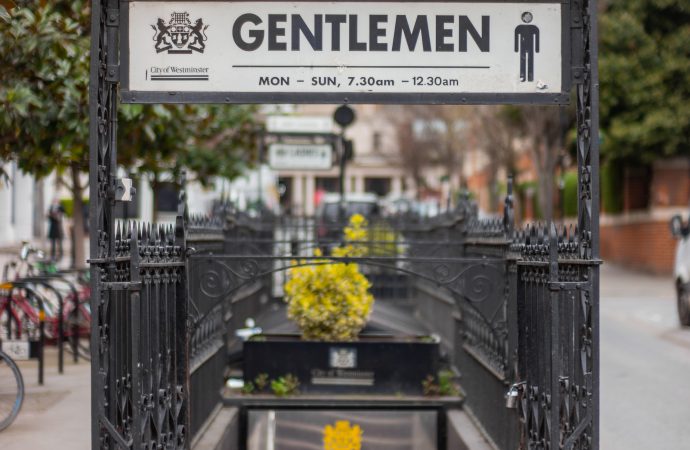Introduction: In recent years, the criminal justice system has faced increasing scrutiny, prompting a growing demand for comprehensive reforms that prioritize fairness, rehabilitation, and public safety. As society recognizes the importance of addressing the root causes of crime and providing effective alternatives to incarceration, it becomes clear that building bridges to safety through criminal justice
Introduction: In recent years, the criminal justice system has faced increasing scrutiny, prompting a growing demand for comprehensive reforms that prioritize fairness, rehabilitation, and public safety. As society recognizes the importance of addressing the root causes of crime and providing effective alternatives to incarceration, it becomes clear that building bridges to safety through criminal justice reforms is not only vital but also imperative. This article explores the transformative potential of such reforms and highlights the benefits they can bring to individuals, communities, and society as a whole.
- The Need for Change: The existing criminal justice system has long been criticized for its punitive approach, leading to overpopulated prisons, disproportionately harsh sentences, and high rates of recidivism. By focusing primarily on punishment rather than rehabilitation, the system has failed to address the underlying issues that contribute to criminal behavior. This section will delve into the shortcomings of the current system, setting the stage for the urgent need for reforms.
- Embracing Fairness: One of the key pillars of criminal justice reform is fairness. Promoting equitable treatment regardless of an individual’s race, socioeconomic status, or background is crucial in building a system that inspires trust and confidence. This section will discuss the importance of unbiased policing, eliminating discriminatory practices, and ensuring equal access to legal representation and due process.
- Rehabilitation: A Path to Reintegration: Rehabilitation lies at the heart of criminal justice reforms aimed at reducing recidivism rates and facilitating successful reintegration into society. Highlighting the effectiveness of evidence-based programs such as vocational training, education, mental health support, and substance abuse treatment, this section will underscore the transformative impact of rehabilitation on individuals and communities.
- Diversion Programs: An Alternative Approach: Diversion programs provide an innovative and effective alternative to incarceration for non-violent offenders. These initiatives offer specialized treatment and support systems that address the root causes of criminal behavior while keeping individuals out of the traditional justice system. This section will explore successful diversion programs and their potential to reduce incarceration rates and redirect resources toward more pressing issues.
- Community Engagement and Restorative Justice: Building bridges to safety also involves empowering communities and embracing restorative justice practices. This section will examine community-based initiatives that foster collaboration between law enforcement, social services, and community organizations. By emphasizing accountability, reconciliation, and healing, restorative justice approaches pave the way for stronger, safer communities.
- Public Safety: The Ultimate Goal: While fairness and rehabilitation are central to criminal justice reforms, the ultimate goal is to enhance public safety. This section will explore evidence that supports the notion that comprehensive reforms, by addressing the root causes of crime, can lead to a safer society. It will also highlight successful case studies where reforms have had a positive impact on reducing crime rates and recidivism while increasing community trust in the justice system.
Conclusion: The urgent need for criminal justice reforms cannot be ignored. By focusing on fairness, rehabilitation, and public safety, we can build bridges to safety that transform lives, strengthen communities, and pave the way for a more just and equitable society. The time for change is now, and through comprehensive and thoughtful reforms, we can create a criminal justice system that serves all members of society, leaving no one behind.

















Leave a Comment
Your email address will not be published. Required fields are marked with *